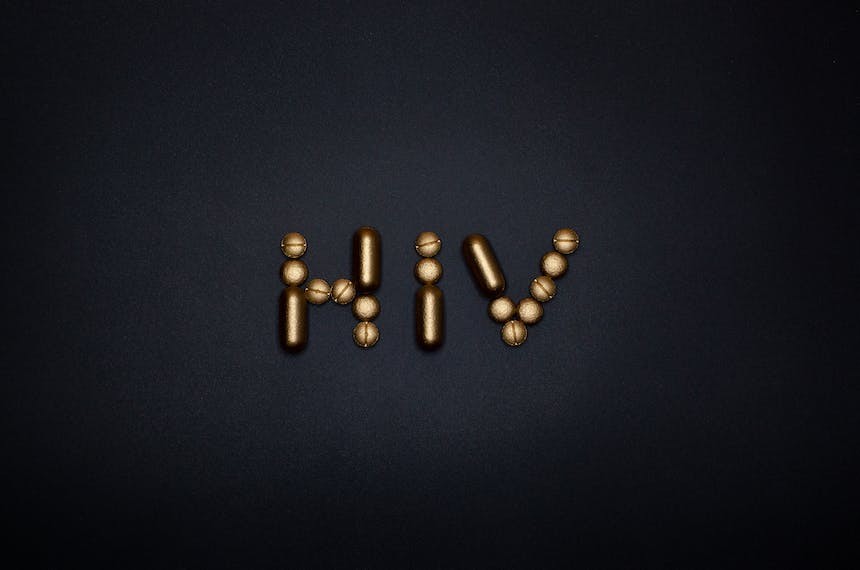
Multiple sclerosis Tysabri protocol and monitoring
Natalizumab, given as a 300 mg IV infusion every four weeks, can cause infusion reactions, infections, melanoma, liver toxicity, and PML. Monitoring includes blood tests, JCV index, MRI, and TB screening. Discontinue for severe side effects, PML, lack of efficacy, or active disease. Extended dosing intervals may reduce PML risk.
Dosage and Administration:
Natalizumab is a recombinant monoclonal antibody directed against the alpha-4 subunit of integrin molecules which is expressed on the surface of inflammatory lymphocytes and monocytes. Dose of natalizumab is 300 mg intravenous infusion once every 4 weeks. (1)
Adverse Events:
Adverse events associated with natalizumab include infusion related symptoms (headache, flushing, erythema, nausea, and dizziness), fatigue, anxiety, infections (mainly urinary tract infection and pneumonia, pharyngitis), risk of melanoma, liver toxicity and peripheral edema. Opportunistic infections, such as, herpes zoster, herpes encephalitis and tuberculosis are associated with the treatment. Also, natalizumab treatment is associated with a risk of developing progressive multifocal leukoencephalopathy (PML), a potentially fatal neurological disease caused by reactivation of JC virus (JC) infection with an overall incidence of 4.2 per 1000 patients. Finally, natalizumab is contraindicated in pregnancy. (2, 3, 4)
Monitoring During Therapy:
The risk of natalizumab- associated PML depends on the following factors;
-Anti-JCV antibody status
-Prior immunosuppressant treatment, and
-Duration of natalizumab exposure.
Importantly, the JCV antibody status may change over time among natalizumab treated patients. Also, it is advisable not to administer Tysabri in patients whose JCV index >0.4 until their CD4+ >500 and CD8+ > 250. (5)
Pre-Treatment Monitoring:
Before Initiation of therapy:
CBC, bilirubin, liver enzymes, creatinine, glucose,TSH, JCV index, HBsAg, anti-HBs, anti-HBc, hepatitis C, HIV, VZV serology
CD4+ and CD8+ T cells,
Pregnancy test,
Have recent (<3months) brain MRI,
Chest X ray and/or Quantiferon test for TB, and
Verification of vaccination status, Give Pneumococcal and Haemophilius influenza type B vaccines
Monitoring During Therapy:
CBC, liver enzymes monthly for the first 6 months then every 4 months
JCV index: if negative or less than 0.9 , then it should be repeated every 4months; If JCV index >1.5 or becomes >1.5, then it should be repeated only once to confirm the result without any need to further repeat it.
Brain MRI at 12 months and subsequently every 12 months if JCV index < 0.9 or every 4-6 months if JCV index is > 0.9;
CSF PCR for JCV if there is a new T2 MRI lesion and/or new progressive neurological symptoms unexplained by MS relapse;
Monitor anti natalizumab neutralising antibody level after the 6th infusion, and upon resuming tysabri after a prolonged absence such as pregnancy or anytime a patient develops serious infusion reactions,
An annual discussion concerning the PML risk and the decision to continue or not with tysabri therapy is documented.
Discontinuation Criteria:
Natalizumab should be discontinued if one or more of the following criteria are met:
1. Unacceptable adverse effects, including anaphylactic reaction.
2. Development of confirmed PML.
3. No reduction in frequency or severity of clinical relapses compared with pre-treatment phase following a minimum 6 month period of treatment.
4. Radiological evidence of ongoing disease activity after at least twelve months of treatment.
5-Tysabri should also be discontinued in patients with persisting neutralizing antibodies.
(5, 6, 7)
Risk Minimization Strategy:
To minimise the risk of PML, it was suggested to consider drug holiday or extended dosing regimen of natalizumab every six to eight weeks rather than every four weeks may help to minimize PML risk, but this approach is not yet proven. (7, 8)
References
1-Rice GP, Hartung HP, Calabresi PA. Anti-alpha4 integrin therapy for multiple sclerosis: mechanisms and rationale. Neurology 2005; 64:1336.
2- US Food and Drug Administration. Tysabri risk minimization action plan: summary of TOUCH. www.fda.gov/downloads/Drugs/DrugSafety/ PostmarketDrugSafetyInformationforPatientsandProviders/UCM107197.p df (Accessed on February 09, 2016).
3-Butzkueven H, Kappos L, Pellegrini F, et al. Efficacy and safety of natalizumab in multiple sclerosis: interim observational programme results. J Neurol Neurosurg Psychiatry 2014; 85:1190.
4-Bloomgren G, Richman S, Hotermans C, et al. Risk of natalizumab-associated progressive multifocal leukoencephalopathy. N Engl J Med 2012; 366:1870.
5- Food and Administration D. FDA drug safety communication: risk of progressive multifocal leukoencephalopathy (PML) with the use of Tysabri (natalizumab) Rockville, MD: US Food and Drug Administration; 2010.
6-McGuigan C, Craner M, Guadagno J, et al. Stratification and monitoring of natalizumab-associated progressive multifocal leukoencephalopathy risk: recommendations from an expert group. J Neurol Neurosurg Psychiatry 2016; 87:117.
7-Kappos L, Bates D, Edan G, et al. Natalizumab treatment for multiple sclerosis: updated recommendations for patient selection and monitoring. Lancet Neurol 2011; 10:745.
8-Berger JR, Centonze D, Comi G, et al. Considerations on discontinuing natalizumab for the treatment of multiple sclerosis. Ann Neurol 2010; 68:409.





